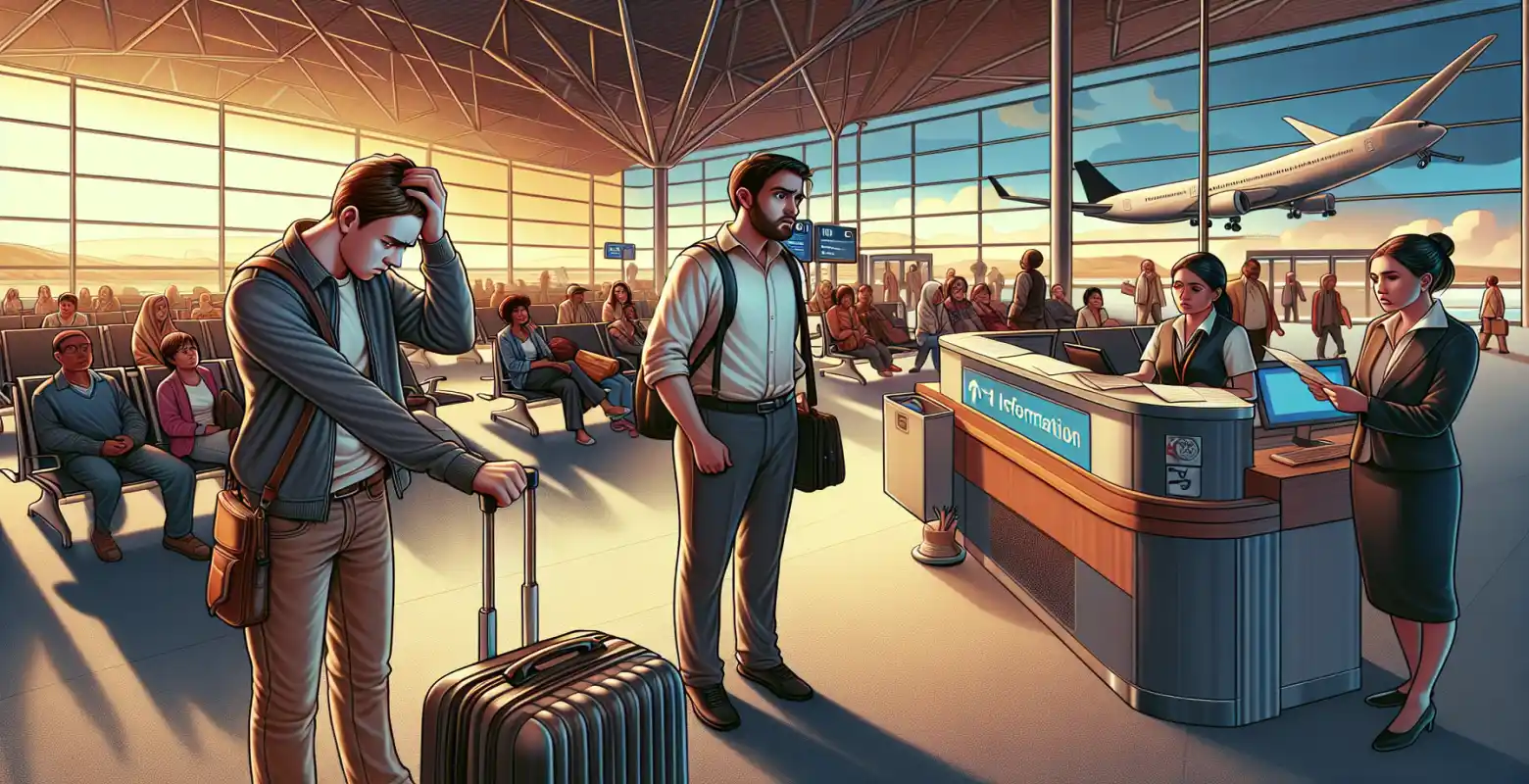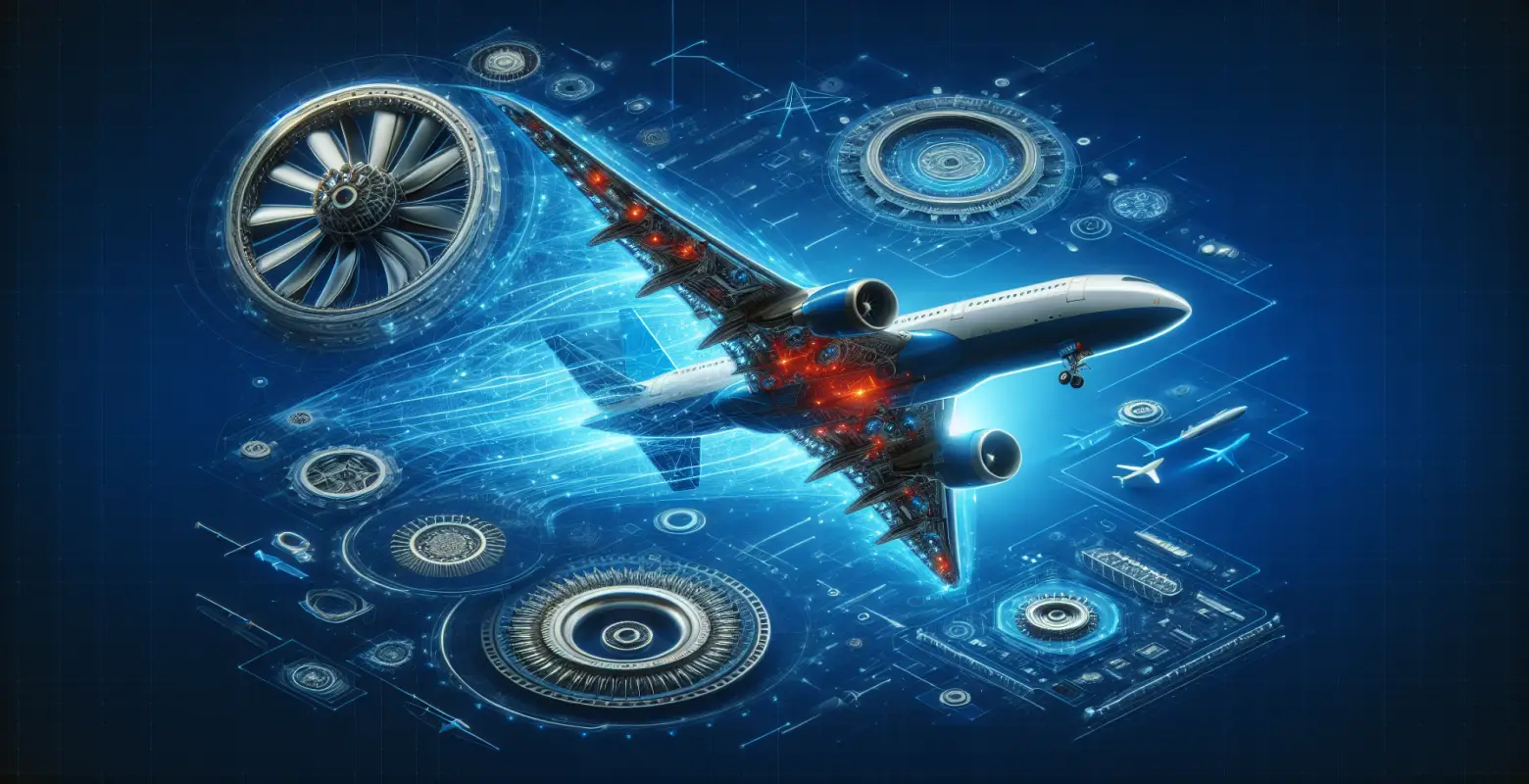The use of drones in urban logistics
Introduction
In recent years, drones have gained popularity in various fields of life, from photography to agriculture. However, one of the most promising applications is their role in urban logistics. In cities where traffic jams and parking problems are commonplace, drones can significantly improve delivery processes. In this article, we will examine how drones can revolutionize urban logistics, the challenges facing their mass implementation, and the benefits they can bring.
History and Development of Drone Technology
The history of drones begins in the 1980s when they were mainly used for military purposes. With technological advancement, drones became more accessible and economical, opening up new possibilities for their use in the civilian sector. In urban logistics, drones began to be tested in the early 21st century, and their potential was quickly recognized by courier companies and retailers.
Application of Drones in Urban Logistics
Drones can be used in many ways in urban logistics. Primarily, they are an ideal solution for delivering small packages over short distances. By being able to bypass traffic jams and reach the destination quickly, they can significantly reduce delivery times. In cities like Tokyo or New York, drones are already delivering packages, food, and medications to customers.
Another application of drones in urban logistics is traffic monitoring. With cameras and sensors, drones can provide real-time data, allowing for better planning of delivery routes and avoiding traffic congestion.
Benefits of Using Drones
One of the main benefits of using drones in urban logistics is their environmental friendliness. Drones are powered electrically, meaning they do not emit pollutants, thus helping reduce air pollution in cities. Additionally, drones can work non-stop without the need for rest, increasing delivery efficiency.
Another advantage is the reduction of operational costs. While the initial investment in drone technology may be high, in the long run, they can significantly lower costs related to transportation and personnel.
Challenges Associated with Drone Implementation
Despite numerous benefits, implementing drones in urban logistics comes with certain challenges. One of the main issues is legal regulations. In many countries, airspace regulations are strict, making it difficult for drones to be widely used. Another challenge is safety. Drones may be susceptible to technical failures that can lead to accidents.
Privacy is also a significant concern. Drones equipped with cameras may raise residents' concerns about privacy violations. Therefore, it is necessary to develop solutions to ensure data security and user privacy.
The Future of Drones in Urban Logistics
The future of drones in urban logistics looks promising. As technologies continue to develop, and regulations become more favorable, we can expect an increase in the number of drones in cities. Companies like Amazon and Google are already investing in the development of delivery drones, demonstrating that their role will grow.
We can also expect the advancement of autonomous technologies, allowing for further optimization of logistical processes. As AI and machine learning advance, drones will be able to autonomously plan delivery routes, avoid obstacles, and adapt to changing weather conditions.
Conclusion
Drones have the potential to revolutionize urban logistics, bringing benefits to both companies and residents. Although there are challenges to overcome, their environmental friendliness, efficiency, and cost-reduction potential make them an attractive solution for the cities of the future. As technologies continue to evolve, drones will become an integral part of the urban logistics landscape. To fully harness their potential, further investment in research and development, as well as adaptation of legal regulations allowing for their widespread use, is necessary.






Number of comments: 0